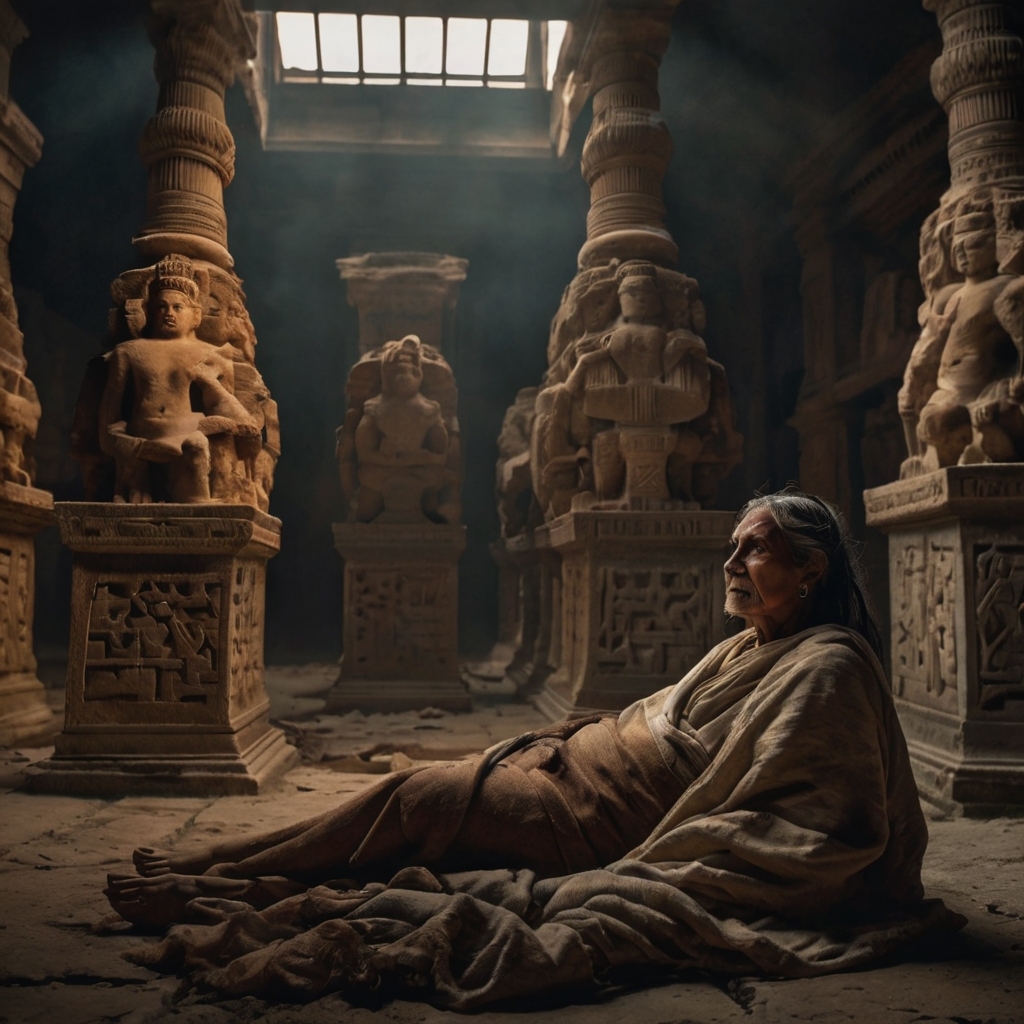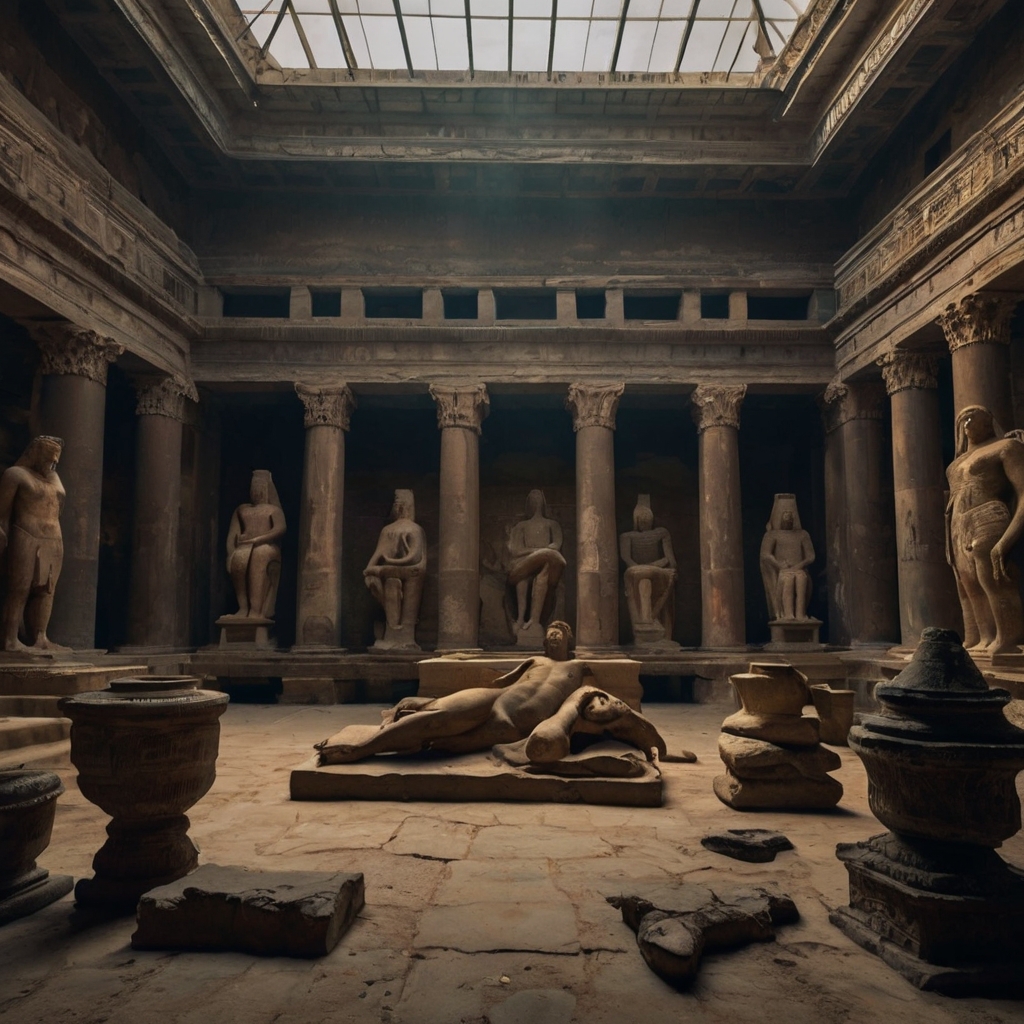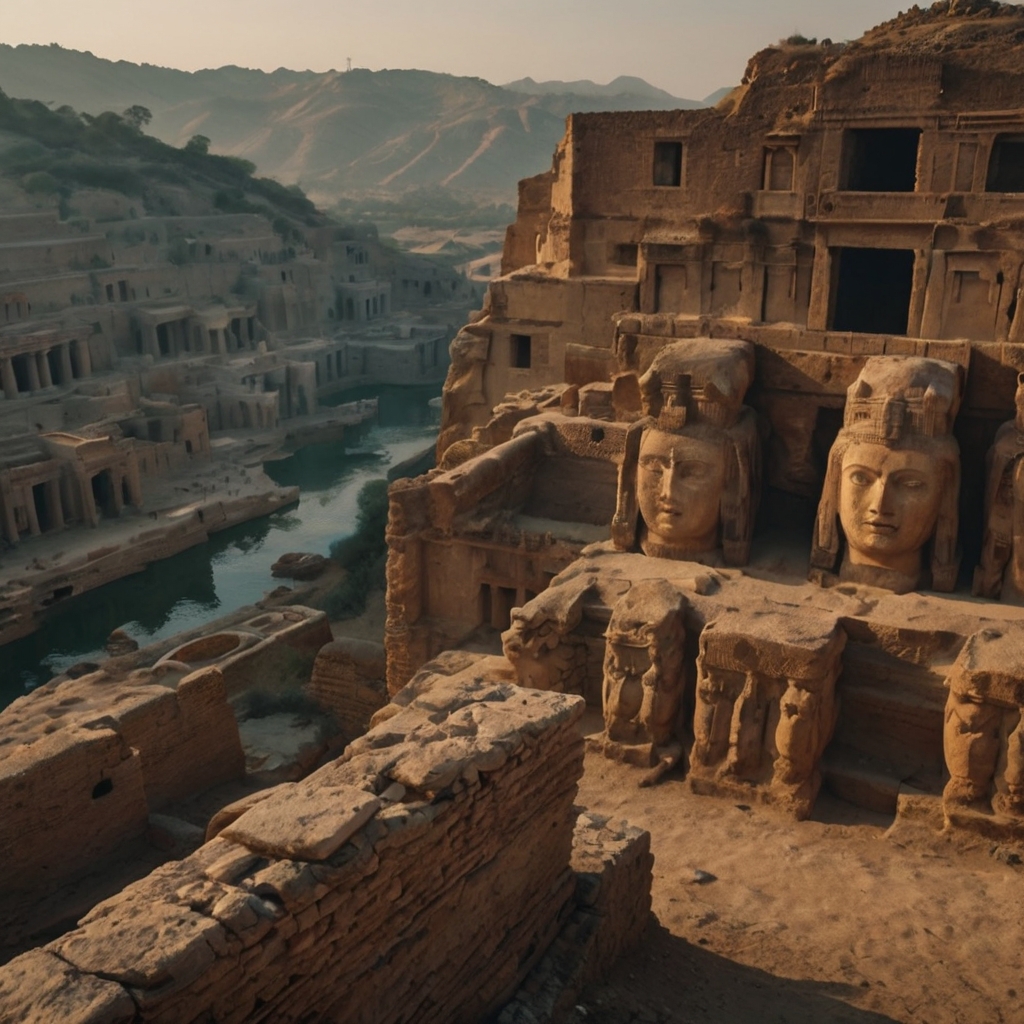What Makes Ancient Artz So Fascinating?
Ancient artz represents the soul of early civilizations. It reveals how people once lived, believed, and expressed themselves. Every brushstroke, chisel mark, or clay curve tells a story. Unlike modern art, which often focuses on innovation, ancient artz was deeply tied to survival, spirituality, and cultural identity. From cave walls to temple carvings, it stands as a silent witness to time. But what really makes it stand out, and why is there a renewed interest in it today?
Table of Contents
Why Is Ancient Artz Still Relevant?
Ancient artz still influences today’s creative world. Designers borrow patterns from Egyptian murals. Architects mimic Greek columns. Even digital artists study ancient symbols to add depth to modern projects. The relevance of ancient artz lies in its timeless techniques and stories. These works were not made for trends but for meaning. They honored gods, captured myths, and preserved memories. Because of that, they continue to inspire even in the digital age.
What Are the Origins of Ancient Artz?
The origins of ancient artz trace back to prehistoric times. People carved symbols on stones, painted on cave walls, and shaped clay into figures. These weren’t random creations—they were expressions of belief, emotion, and community. In Mesopotamia, artisans etched cuneiform into tablets. In Egypt, painters decorated tombs with scenes of daily life and the afterlife. Ancient artz always served a purpose. It taught, celebrated, and even warned. The creativity found in these early works laid the foundation for all forms of visual expression that followed.
How Did Ancient Artz Differ Across Cultures?
Each culture gave ancient artz its own unique identity. In India, detailed temple carvings celebrated deities and cosmic tales. In China, delicate ink wash paintings captured nature’s balance and flow. The Greeks sculpted the human form in perfect proportion, focusing on realism. Meanwhile, the Mayans painted their history on ceramics and temple walls. These variations show how deeply art was tied to local beliefs and lifestyles. While materials and techniques differed, the purpose remained the same: to record, to revere, and to represent.

What Materials Did Artists Use?
The tools and materials used in ancient artz were naturally sourced and eco-friendly by default. Artists used stone, wood, bone, and clay. Natural dyes from plants and minerals created vivid colors. Gold and bronze shaped iconic sculptures. Even animal hair turned into brushes. Each material was chosen carefully, with respect for its origin. Ancient creators worked in harmony with their environment. Their art was not just beautiful—it was sustainable. That’s something today’s world can learn from.
How Did Ancient Artz Reflect Society?
Ancient artz was more than decoration—it was documentation. It showed power structures, religious practices, and everyday life. A pharaoh’s tomb painting wasn’t just for beauty; it told his life story and prepared him for eternity. Greek pottery depicted myths, war scenes, and athletic contests. African tribal masks captured spirits and told ancestral tales. Art served as a visual record before writing was widespread. Through it, we see the values, fears, and hopes of people long gone.
Is Ancient Artz Just History or a Living Influence?
Ancient artz is not stuck in the past. Museums house it, but its spirit lives on in every cultural design, tattoo symbol, or temple-inspired sculpture. Many modern artists study ancient techniques to revive lost skills. Some even blend traditional motifs with digital tools. The influence of ancient artz spans fashion, architecture, and storytelling. Its presence in today’s world proves its living impact. Far from forgotten, it’s a creative force that continues to shape the future.

Can Ancient Artz Teach Us Sustainability?
Ancient artists knew how to create without harming the Earth. They worked with what they had, reused materials, and wasted nothing. Their eco-friendly approach stands in contrast to today’s throwaway culture. The lasting nature of their works proves the strength of mindful creation. Learning from ancient artz could lead us toward greener design and conscious creativity. In this way, ancient artz doesn’t just connect us to the past—it offers solutions for the present.
What Role Did Spirituality Play?
Spirituality breathed life into ancient artz. Temples, shrines, and statues weren’t just aesthetic—they were sacred. From Native American totem poles to Buddhist mandalas, art was a path to the divine. Symbols carried meaning. Colors held power. Placement mattered. Every choice in ancient artz was intentional, often guided by ritual or belief. This deep connection added layers of emotion and reverence to each piece. It wasn’t just seen; it was felt.

What Are the Challenges in Preserving Ancient Artz?
Preserving ancient artz is a race against time. Natural decay, climate shifts, looting, and pollution all pose threats. Without careful protection, these treasures could vanish. Museums and archaeologists now use advanced technology to restore and protect fragile works. But challenges remain. Funding is limited. Illegal trade continues. Public awareness is key. The more people value ancient artz, the more likely it is to survive. It’s not just about saving objects—it’s about preserving history’s voice.
Why Should You Care About Ancient Artz?
You don’t need to be an artist or historian to value ancient artz. It connects you to your roots, your world, and your humanity. It shows how creativity, purpose, and survival have always gone hand in hand. Ancient artz isn’t a forgotten chapter—it’s a living lesson. Every piece holds wisdom. Every symbol tells a story. In a fast-moving world, it reminds us to slow down, observe, and create with care.
Also read: VIP League: Is It the Best Free Sports Streaming Site Today?
Final Thoughts on Ancient Artz
Ancient artz is more than relics in a museum. It’s a vibrant record of human imagination, culture, and resilience. It speaks of lives lived with purpose, of societies built on shared meaning, and of art created not for fame but for legacy. Exploring it offers more than visual joy—it deepens understanding. It reveals truths that still echo today. And as long as we continue to value, study, and learn from it, ancient artz will never truly fade.


